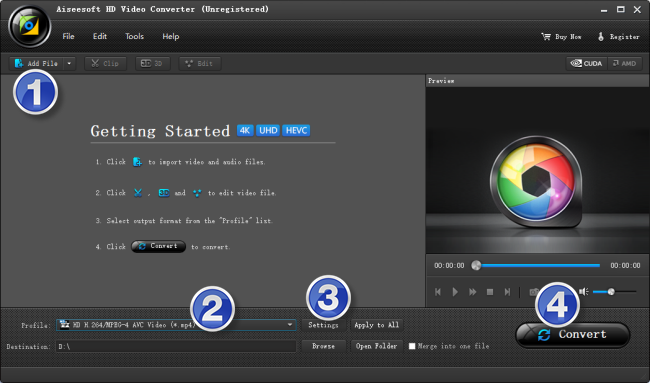

Even though only one output format is selectable and generated, it's still worth a try.Top Software Keywords Show more Show less The application mostly comes in handy for video editors, because AVCHD can be slightly difficult to work with and render on some machines.

To end withĪll in all, AVCHD UpShift lives up to expectations and manages to convert files while keeping quality intact. Unfortunately, result is only found under the M2T format, with no possibility to quickly convert to more common types. In addition, the application lets you extract the audio component and have it saved under the WAV format. Processing is done incredibly fast, with quality resembling presets or custom configurations. Fast processing with high quality results Several presets let you choose low, high or proxy quality, but there's also the possibility to customize values.ĭepending on how you intend to use the generated result, you can set bitrate from 10 to 60 Mbps for the highest quality, choose either constant or variable bitrate control, keyframes, GOP size, as well as interlace handling method. On the other hand, there is a slight sense of liberty when it comes to configuring the output format. Choose preset outputs or customize quality The application is strictly dedicated to AVCHD encoding, so you'll only be able to add MTS or M2TS files. Importing files can be done either by dragging them over the main window, or through the dedicated file explorer which lets you select a single file or a whole directory for batch convert. The design is pretty intuitive and easy to use by anyone, regardless of experience. The application's core functions is to convert media files found under the AVCHD format into MPEG encoded types, which makes files compatible with more configurations. Luckily, this specific format can be converted into a more compatible type with applications like AVCHD UpShift. Specialized formats such as AVCHD usually tend to eat up a lot of system resources and only provide flawless playback on high-end machines.

Constantly improving image and sound quality is made possible through in-depth research and implementation of new encoders and decoders.


 0 kommentar(er)
0 kommentar(er)
